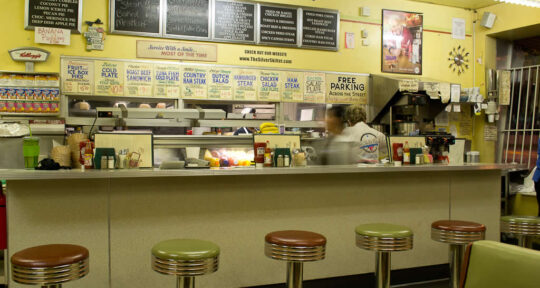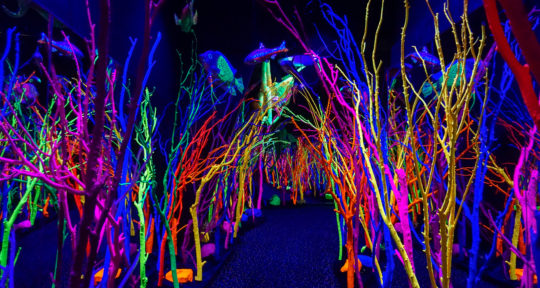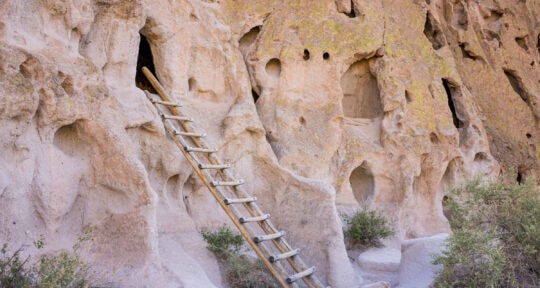Although Wes Anderson’s latest movie, Asteroid City, was filmed primarily in an area of Spain famous for masquerading as the Old West on the big screen, the roots of the film’s fictional town can be found all over the Southwestern U.S. From red rock formations in Utah’s “Big Five” national parks to concrete wigwams and one Very Large Array, here are 8 real-life locations that will make anyone feel as if they’ve stepped into one of Anderson’s signature candy-colored sets.
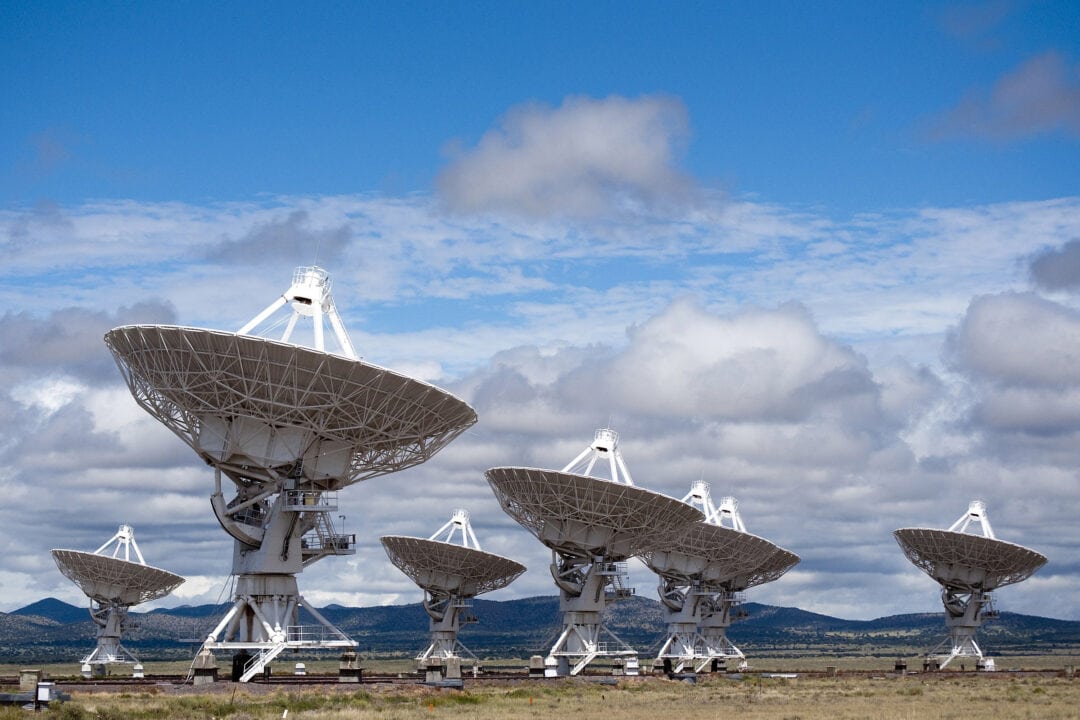

1. The Very Large Array
One of the world’s premier observatories for radio astronomy, The Very Large Array comprises 28 massive radio antennas arranged in a Y-shaped configuration on the Plains of San Agustin, New Mexico. The visitor center is open to the public every day from 9 a.m. to 4 p.m. (it’s closed on Thanksgiving, Christmas, and New Year’s Day). Aspiring astronomers can watch an award-winning documentary narrated by Jodie Foster, explore exhibits related to radio astronomy, take a self-guided walking tour to the base of one of the giant dish antennas, and grab some souvenirs from the gift shop.
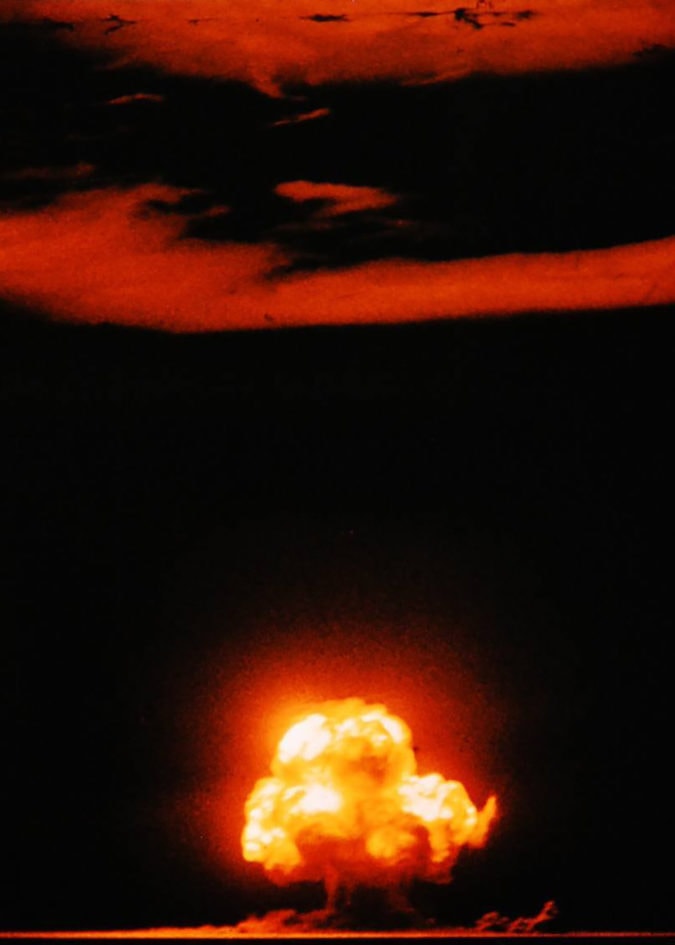

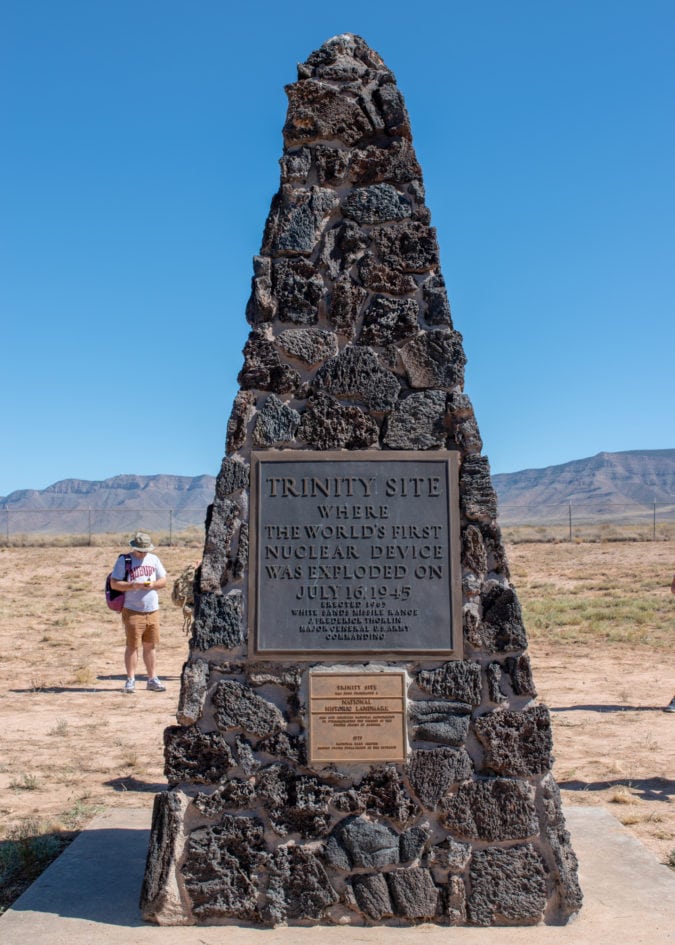

2. Trinity Site
At 5:29:45 a.m. Mountain War Time on July 16, 1945, the world’s first nuclear bomb was detonated more than 100 miles south of Albuquerque, New Mexico. Today, the Trinity Site still lies within a working military installation; it’s understandably remote, wedged between two mountain ranges and the bleached gypsum hills of White Sands National Park.
On the first Saturday of April and October each year, the site opens its gates to the public and more than 2,000 people make the pilgrimage to the still-radioactive detonation site, marked by a lava-rock obelisk.
Ground zero for the world’s first nuclear bomb explosion
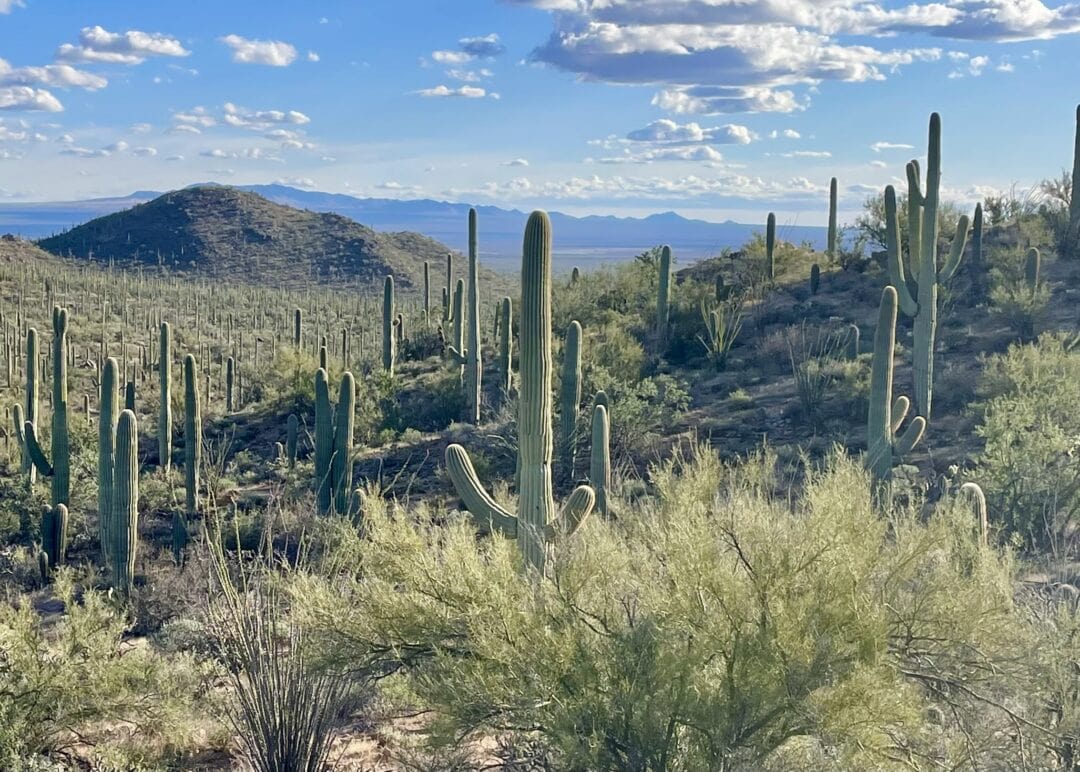

3. Saguaro National Park
It’s no surprise that Anderson strategically places saguaro cacti in the background of his fictional town. Chances are, if you’re asked to conjure a mental picture of a cactus, the first thing that comes to mind will be the iconic saguaro. Beautiful and instantly recognizable for their simple silhouettes, the tree-like cacti can soar to heights of 40 feet or more. Native only to Arizona’s Sonoran Desert, and parts of Mexico and California, there is no better place to take in the majesty of the saguaro than their eponymous national park, divided into two sections: the Tucson Mountain District and the Rincon Mountain District.
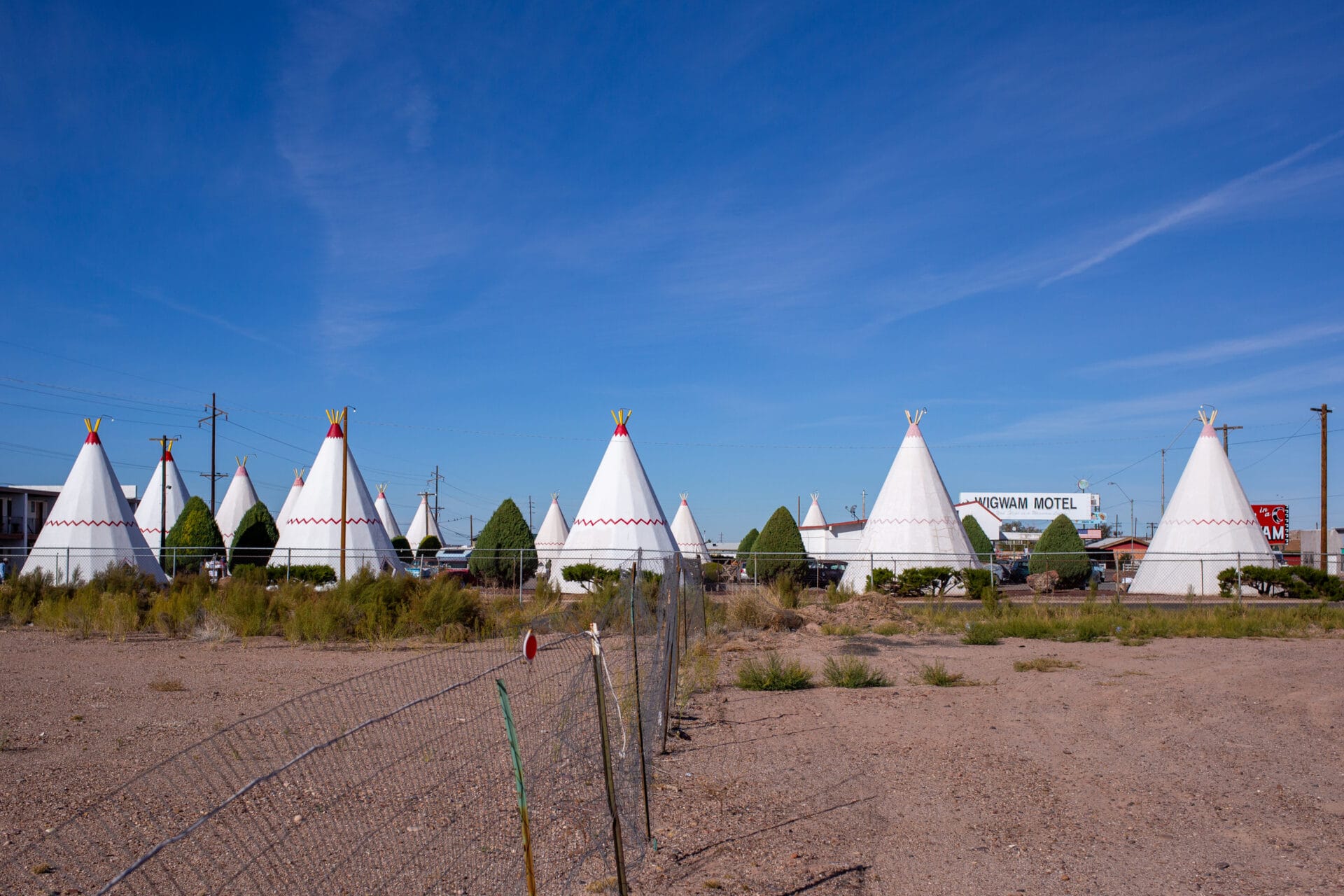

4. Wigwam Motel
For a Western take on Asteroid City’s quaint motor court cabins, book an overnight stay at one of only three remaining Wigwam Villages in the U.S. After he visited Frank A. Redford’s original Wigwam Village in Cave City, Kentucky, Arizona motel owner Chester Lewis bought the rights to Redford’s design and the name “Wigwam Village.” As payment, Redford received every dime inserted into the coin-operated radios that Lewis placed in every room.
No. 6 was built in 1950, seven blocks west of downtown Holbrook, Arizona, on old Route 66. The motel closed when the Mother Road was bypassed by I-40 in the late 1970s, but remained in operation as a gas station. After Lewis died, his widow and children reopened the motel in 1988. Today, the village has 15 wigwams (numbered 1 through 16 with no number 13), each containing one or two beds, a small bathroom, a TV, and an air conditioner.
The last motor court on the Lincoln Highway still welcomes overnight guests
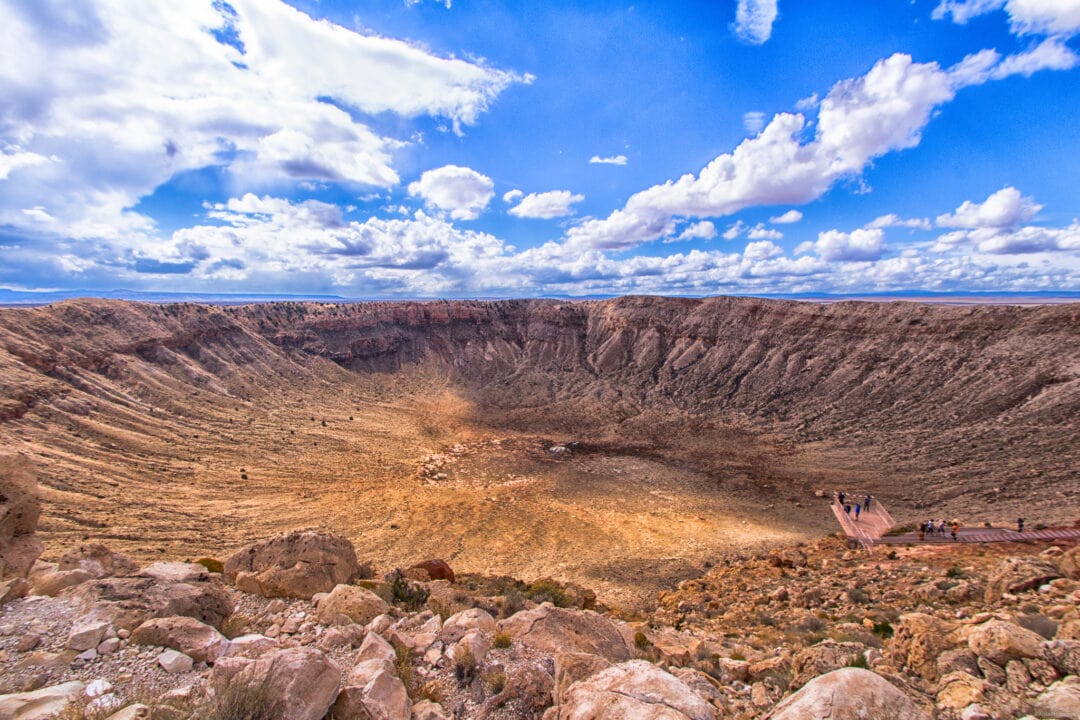

5. Meteor Crater
Most of the action in Asteroid City takes place as people flock to the town for Asteroid Day. The annual celebration commemorates the day in 3007 B.C. when a meteor crashed into the desert, leaving behind an enormous crater in which the spectators and stargazers gather. In real life—approximately 50,000 years ago—a 160-foot-long nickel-iron meteorite crashed less than 40 miles east of present-day Flagstaff, Arizona. The privately-owned attraction, known as Meteor Crater, offers visitors a chance to view the 3/4-mile-wide and 750-feet-deep crater from an air-conditioned indoor viewing area, outside observation deck, or via a guided tour along the rim.
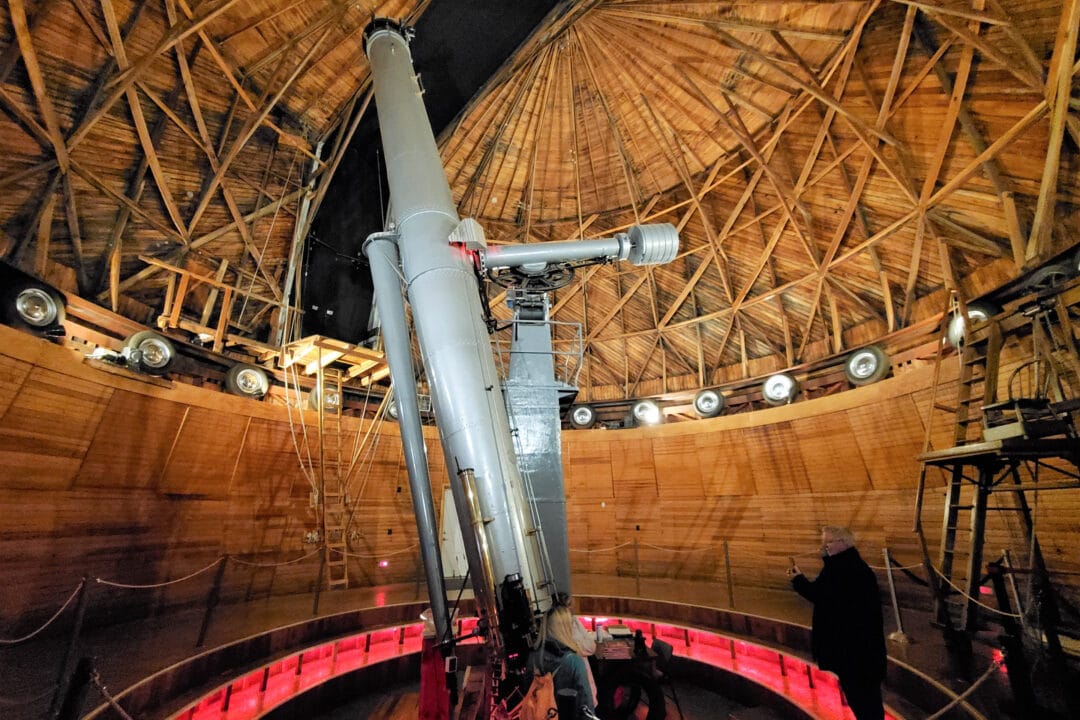

6. Lowell Observatory
Founded in 1894—when Arizona was a sparsely populated territory—Lowell Observatory is now an institution in Flagstaff, which was designated as the first International Dark Sky City in 2001. Every February, the observatory honors self-taught astronomer Clyde Tombaugh and celebrates the anniversary of his 1930 discovery of Pluto (which he called “Planet X”) during the I Heart Pluto Festival.
Even after its demotion, Pluto is still a star at Flagstaff’s Lowell Observatory
Visitors to the privately-owned observatory can walk a 350-foot walkway leading to the Pluto Discovery Dome (built so 1 foot equals 10 million miles in space), engage with historical exhibits, talks, and tours offered throughout the day, and explore far-off galaxies at night with six state-of-the-art telescopes on an open deck observatory.
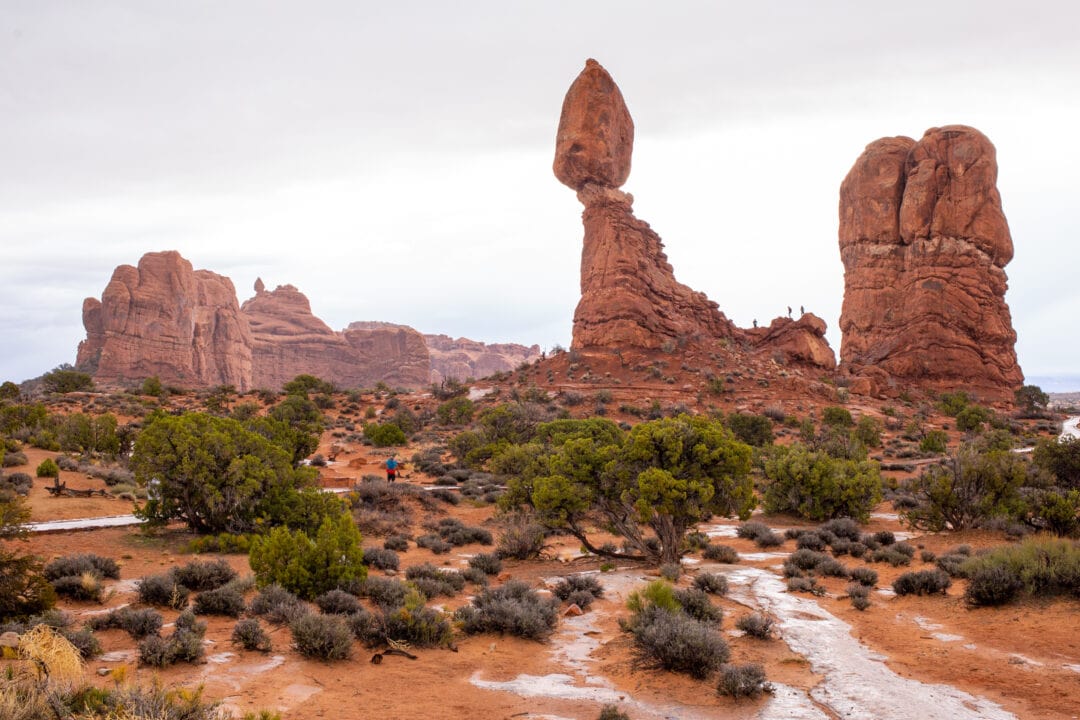

7. Arches National Park
Nothing does more work in anchoring Asteroid City to the American West than the red rock formations dotting Anderson’s otherworldly landscape. But you don’t have to go all the way to Spain to find similar backdrops and photo ops—just go to any one of Utah’s five national parks: Arches, Bryce Canyon, Canyonlands, Capitol Reef, and Zion. Arches National Park, located near Moab, is home to Balanced Rock, Elephant Butte, and the 52-foot-tall Delicate Arch, which is so well-known that it’s featured prominently on one of the state’s license plates and its own postage stamp.
Plan a trip to Arches National Park
Beyond the stars, Arches has 2,000 other natural sandstone arches accessible by car or hiking and biking trails—more than any other place in the world—each worthy of their own moment in the spotlight.
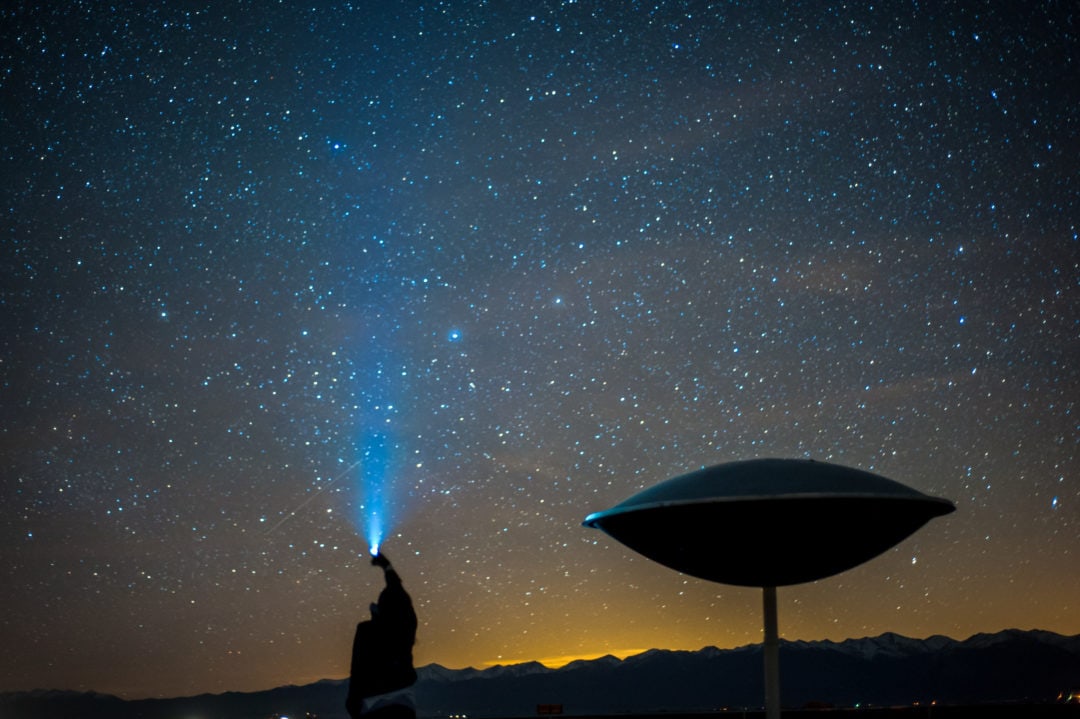

8. UFO Watchtower
Junior Stargazers and others who want to believe will find plenty of places in the Southwest to search for signs of life in the universe—intelligent or otherwise—including Roswell, New Mexico; Area 51; and the UFO Watchtower. Located 2 miles north of Hooper, Colorado, in the San Luis Valley, known as “The Bermuda Triangle of the West,” the UFO Watchtower started as a joke. Judy Messoline came to the area in the mid-1990s to raise cattle; when her herd was unsuccessful, she turned her property into a tourist attraction in 2000, catering to visitors from all over the world—and beyond.
Colorado’s UFO Watchtower is a hotspot for mysterious sightings

